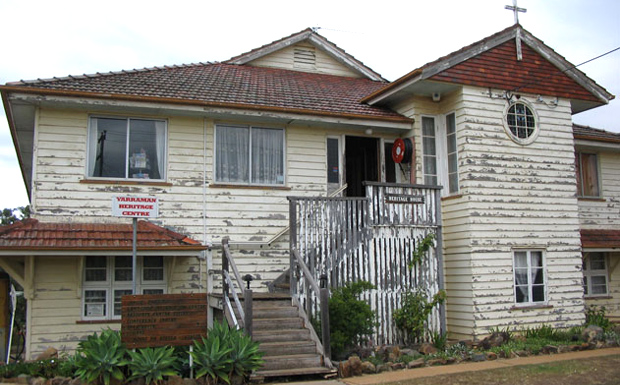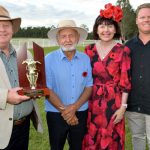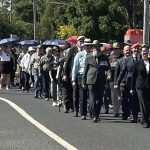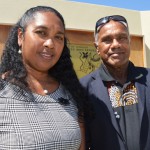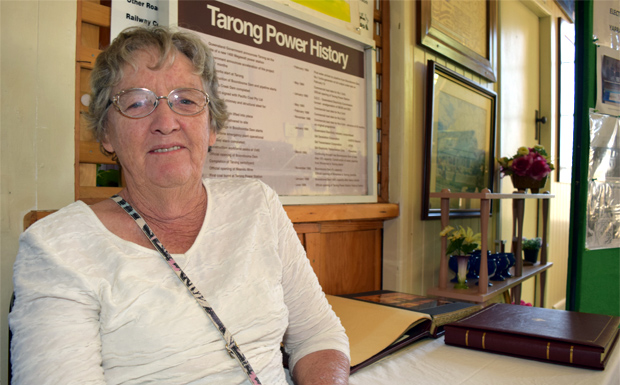
May 17, 2016
Heritage House in Yarraman invited local residents to remember the era before electricity on Saturday
Surprisingly, the days when the South Burnett ran on wood-fired stoves, hot coals, ice boxes and kerosene lamps are still within living memory.
Nanango didn’t receive electricity until 1933, and Yarraman didn’t until 1939 when the Bugden family started their own private Yarraman Powerhouse to bring electricity to the town.
Blackbutt and Benarkin had to wait until 1954 to be connected to an electricity supply.
And some areas in the western end of the former Wondai Shire didn’t receive electricity until the early 2000s.
Heritage House’s “Memories Of Energy” display – which included the personal memories of several locals about what it was like to live without electricity, and what impacts that had on everyday life for families and farmers – ran from 9:00am to 2:00pm on Saturday as part of this year’s National Trust Heritage Festival.
The event also included displays of everyday “pre-electricity” household appliances such as kettles, irons and iceboxes – items that were indispensable tools of daily life just a few generations ago but which are anachronisms today.
Many of the items on display were collected or loaned by local residents who found them lying unused at the back of cupboards, in storage boxes or forgotten in sheds.
* * *
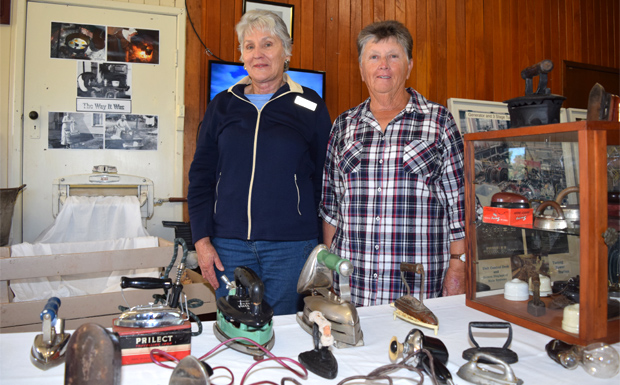
Heritage House is part of the Memories of Energy Trail that connects Nanango, Yarraman, Blackbutt/Benarkin and Toogoolawah along the Brisbane Valley.
Memories Of Energy groups (MEGs) were initiated by Dr Janet King, the director of the former Queensland Energy Museum, in 1999.
The creation of the Brisbane Valley MEG led to the development of the South Burnett Energy Centre in Nanango and the Nestles Condensery at Toogoolawah, which is now the Somerset Regional Art Gallery and Toogoolawah History Museum.
A common element that has connected all four towns since 1984 has been Tarong, now Stanwell Corporation.
When the Queensland Energy Museum closed in 2015, Dr King entrusted the South Burnett Energy Centre with Tarong-related archival material.
VHS tapes outlining the early history of the Tarong Power Stations are currently being copied to DVDs, thanks to a grant from Stanwell Corporation, and several of these were on display at the Heritage House event as well.
Yarraman Historical Society President Helene Johnson said the Memories Of Energy displays would remain on show until Thursday if locals would like to view them.
* * *
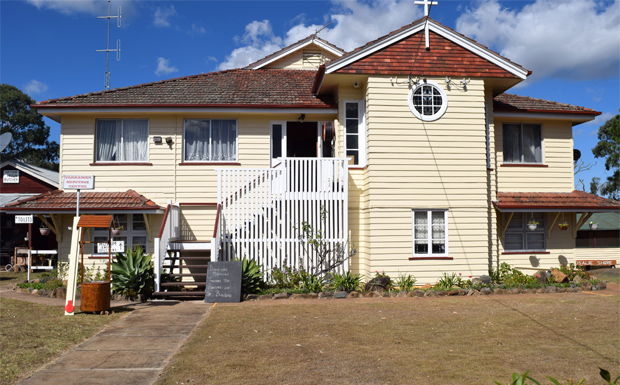
New Look For Heritage House
Heritage House is now presenting a bright new face to the world, thanks to a grant from Stanwell Corporation.
The building, which is home to the Yarraman Historical Society, Wild Horse FM 99.7 community radio and provides meeting spaces for many other community groups, was once the Sacred Heart Convent.
It is a very large two-storey wooden building and because it was originally painted with lead-based paint, has posed repainting difficulties ever since the Historical Society took over the premises.
Early this year, Peter McDonald and an assistant from Nanango’s McDonald House Painting began the task of repainting the front of the building from top to bottom.
Their work, which took several weeks, has meant that Heritage House now presents a much slicker, more professional and appealing face to Millar Street.
* * *
The Yarraman Historical Society’s next major project is to raise more funds so the western side of the building can be repainted.
This side of the building overlooks Yarraman and while it’s not as visible as the facade, it is still the second-most visible area visitors see.
Helene Johnson said repainting this section would prove just as expensive, if not more so, than repainting the front.
This is partly because the building’s two storeys mean painters will need to use scaffolding and a cherrypicker to reach all areas that need attention, and partly because of the building’s size.
To raise funds, the Historical Society relies on donations from visitors and regular events, such as the monthly dinners held at Heritage House.
Helene says she expects fund-raising for the next section is likely to take some time.
- Related article: Heritage House Gets A Facelift
